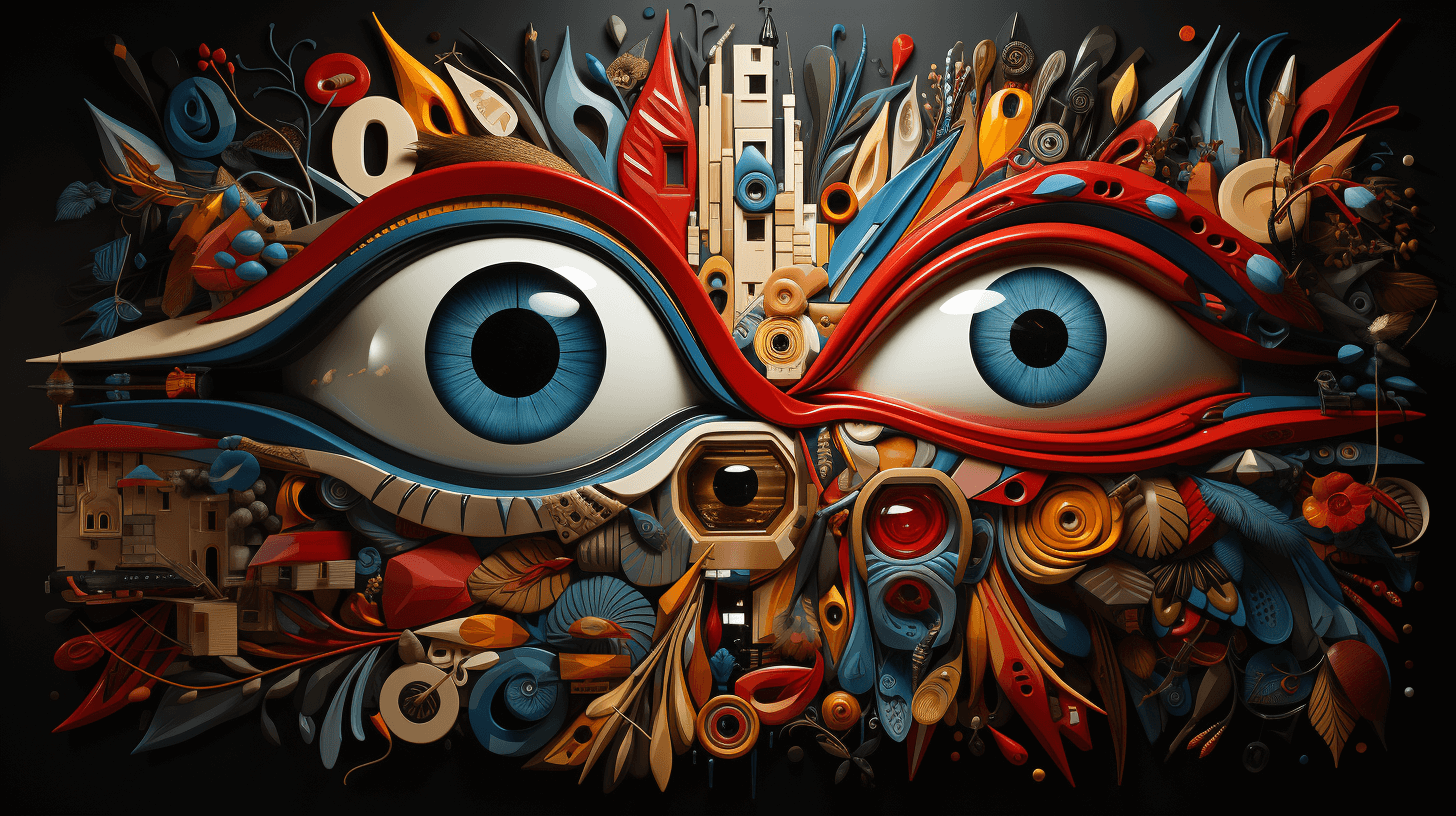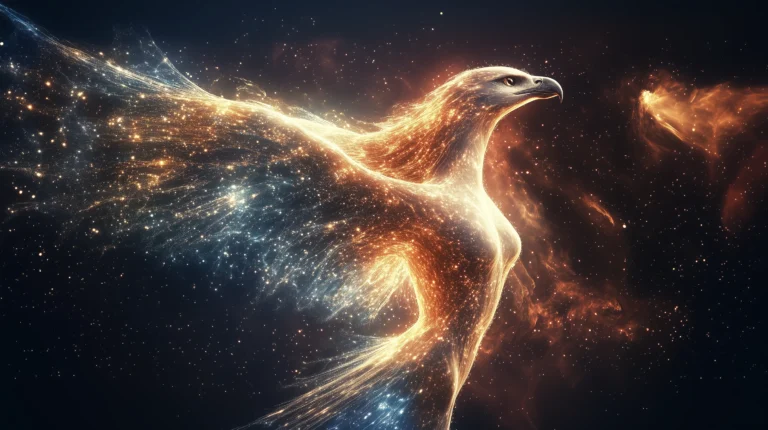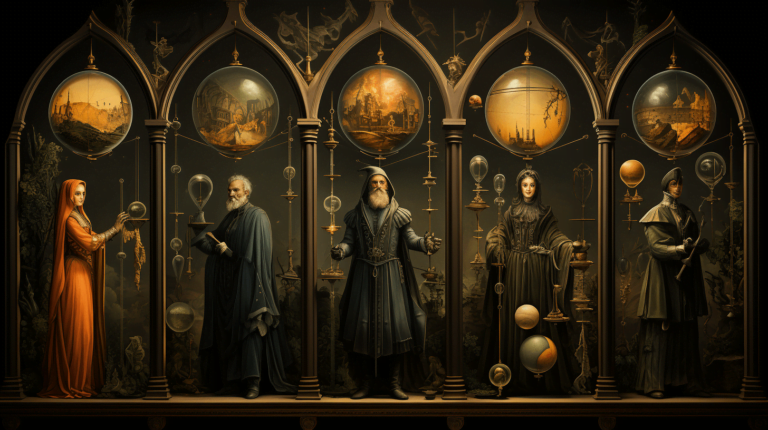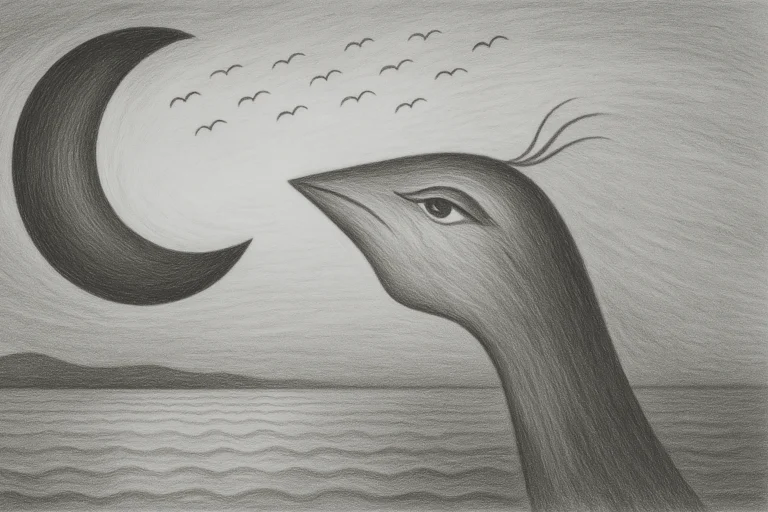Hidden Meanings: Symbols and the Unconscious in Carl Jung’s Theory
Symbols are all around us — in our dreams, our art, our religions, and even our everyday language. For Swiss psychiatrist Carl Jung, symbols were not just decorative or illustrative. They were fundamental keys to understanding the human psyche. This article will elucidate the concept of symbols and their relationship with the unconscious from Jung’s perspective, crafted for beginners in psychology.
The Importance of Symbols
For Jung, symbols were the language of the unconscious mind. He proposed that the unconscious communicates with the conscious mind through symbols — images or concepts that represent something beyond their obvious, immediate meaning. Symbols are the means through which the unconscious contents are expressed and made accessible to the conscious mind.
The Source of Symbols: The Personal and Collective Unconscious
Jung divided the unconscious into two main layers: the personal unconscious and the collective unconscious. The personal unconscious contains memories, thoughts, and feelings that are personal to the individual, while the collective unconscious houses universal patterns of human experience, known as archetypes.
Symbols can originate from both the personal and collective unconscious. Personal symbols are unique to the individual, reflecting their personal experiences and feelings. Collective symbols or archetypal symbols, on the other hand, are universal, shared across cultures and epochs. They are expressions of archetypes — innate mental images with universal themes.
Interpreting Symbols: A Personal and Universal Approach
Jung believed that interpreting symbols required considering both the personal and universal meanings. A symbol’s personal meaning can be understood by relating it to the individual’s unique experiences, feelings, and context. Its universal or archetypal meaning can be interpreted by comparing it with similar symbols across different cultures and historical periods.
Symbols in Dreams and Active Imagination
Jung believed that dreams were a particularly rich source of symbols. In his approach to dream analysis, he focused on deciphering the symbols in dreams to gain insights into the dreamer’s unconscious mind.
Active imagination, a method developed by Jung, also involves working with symbols. It is a process of engaging with the images (or symbols) produced by the unconscious in a waking, conscious state, fostering a dialogue between the conscious and unconscious parts of the mind.
Symbols and Individuation
For Jung, working with symbols was a crucial part of the process of individuation — his term for the lifelong journey towards psychological integration and self-realization. By engaging with and understanding the symbols produced by our unconscious, we can gain insights into hidden aspects of ourselves, resolve inner conflicts, and move towards a more holistic understanding of our psyche.
Conclusion
In Jung’s psychology, symbols serve as vital bridges between the conscious and unconscious mind, giving form to the invisible aspects of our psyche. They provide a rich, visual language for understanding our inner world, translating the complex and often elusive messages of the unconscious into something tangible and interpretable.
By learning to recognize and interpret these symbols — whether they emerge in our dreams, our creative pursuits, or our daily lives — we can deepen our self-understanding, navigate our personal growth, and enrich our experience of the world. For as Jung himself said, “Who looks outside, dreams; who looks inside, awakes.”







